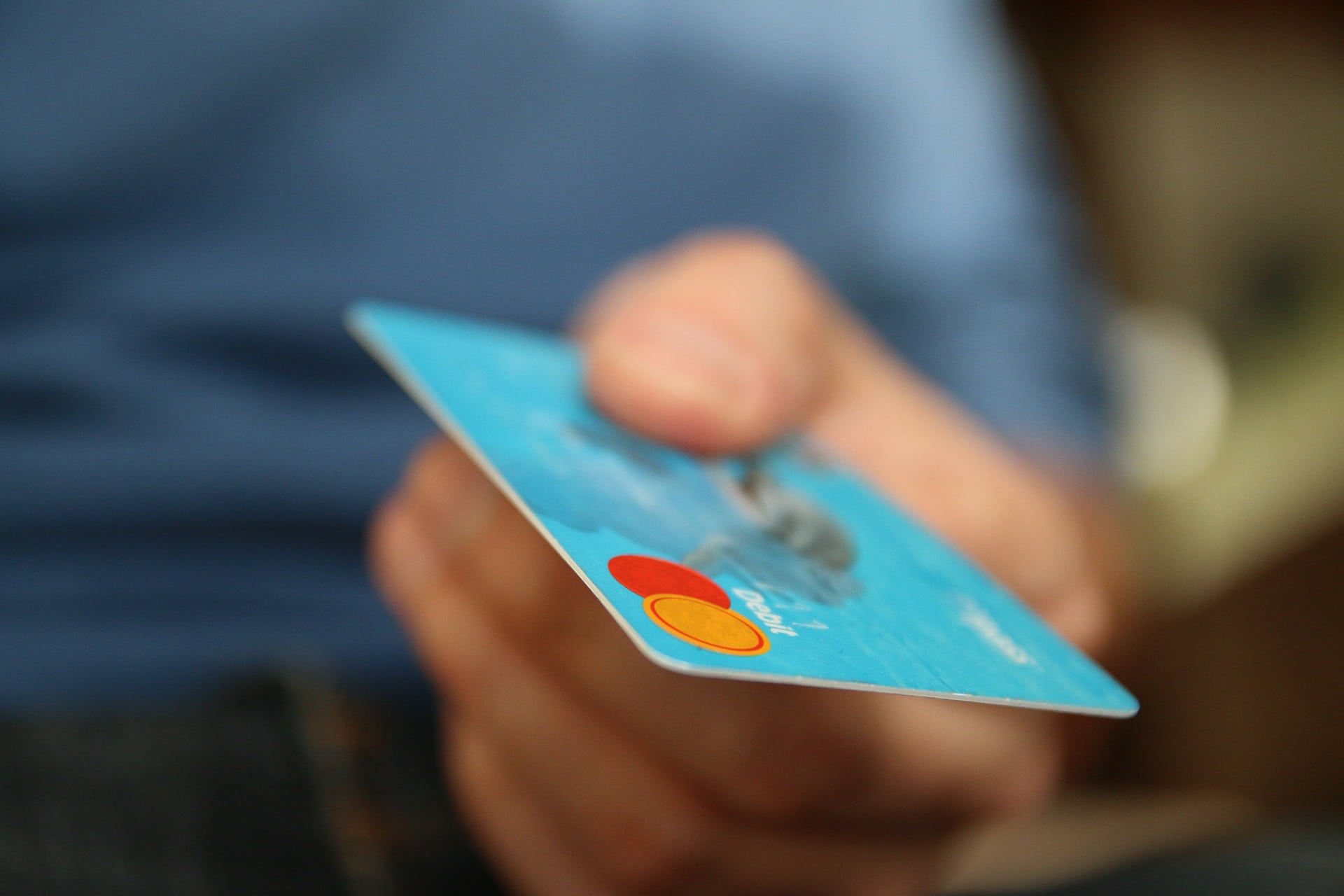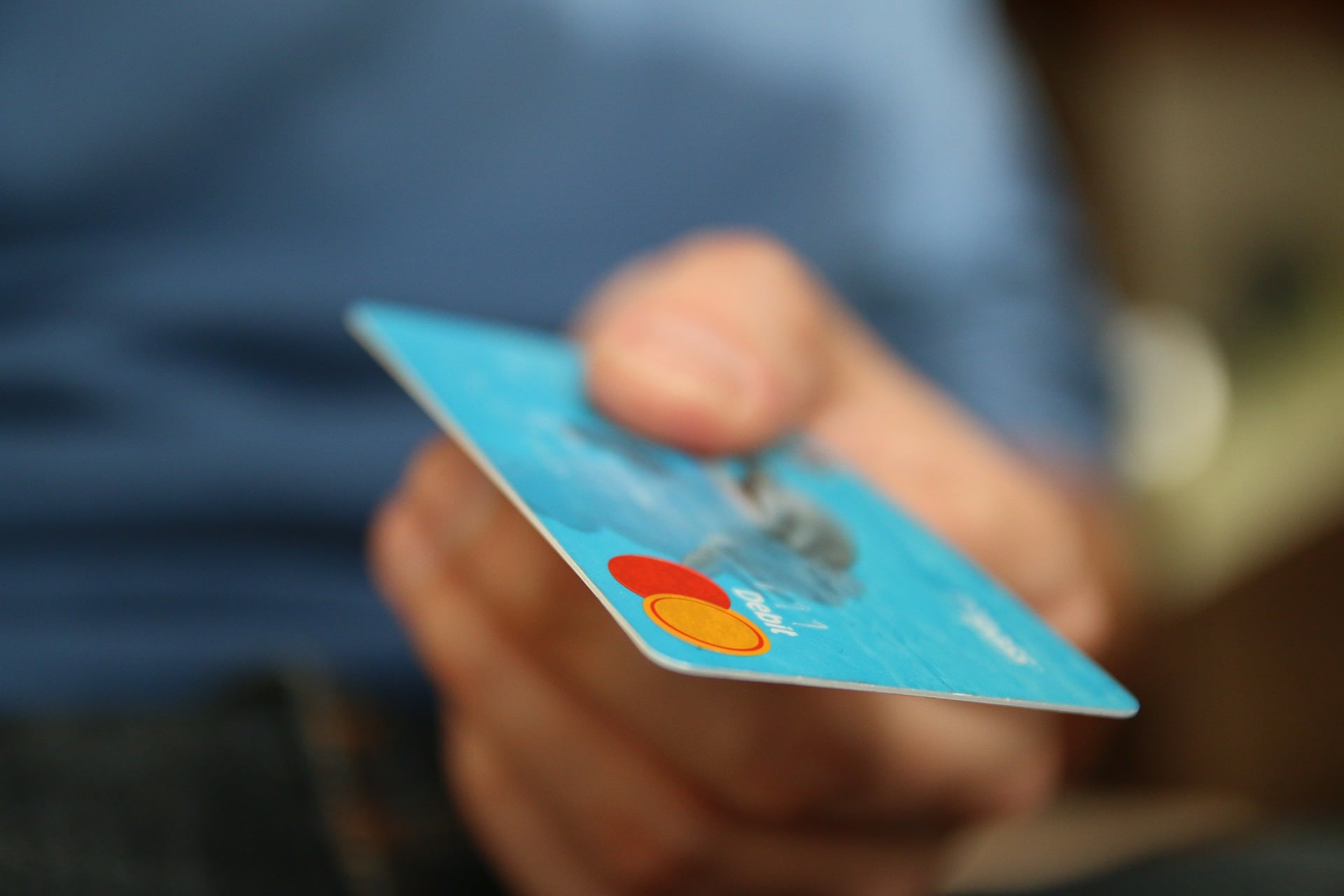 I was standing in a checkout line at a retail store when I came to an interesting realization. My plan was to walk in, buy a few necessities and then leave. The next thing you know I’m entering my PIN to pay for a basket full of “stuff.” I don’t know how they do it.
I was standing in a checkout line at a retail store when I came to an interesting realization. My plan was to walk in, buy a few necessities and then leave. The next thing you know I’m entering my PIN to pay for a basket full of “stuff.” I don’t know how they do it.
Actually, I do know how they do it. I’ve been in printing and marketing for most of my life. I help clients improve their printing and packaging which in turn will increase their shelf appeal. But it’s still a surprise when it works on me!
Understand Shopper’s Habits
According to Point of Purchase Advertising International’s 2014 Mass Merchant Study, it seems I’m not alone. When researching mass merchant shoppers they found:
- 82% of purchase decisions are made in the store
- 34% of shoppers do not make any kind of shopping list
- 62% of shoppers do not use newspapers, circulars, coupons, etc. when making a purchase
The study also found that today’s consumer is less brand loyal, which opens the way for the use of in-store media.
This is great news for marketers. If so many people do not have a shopping list when they enter a store that means they are open to suggestions during their shopping experience. And without brand specific coupons, consumers are open to trying a different brand within a product line.
Point of Purchase Display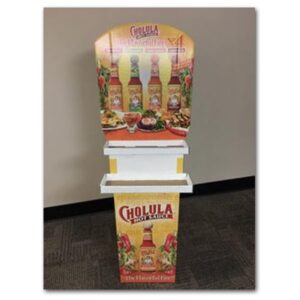
There’s no better way to make your product stand out then to create a Point of Purchase (POP) display. These are a great way to make a suggestion to a consumer during their shopping trip. You’ve seen these at the end of a shopping isle or in the main isle of the store.
To be successful you’ll need to work with a company that has both large format printing capabilities and an on-site structural design center that can assess your needs and build a one-of-a-kind custom solution that’s unique to your product.
Food Product Packaging Design
In addition to POPs, there are other ways to attract consumers during their shopping trip. Working with an award-winning packaging and creative services team that understands the emotional connections between colors and consumers can make all the difference.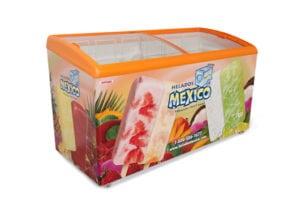
While planning your design put yourself in the shoes of your target audience. When discussing color, some great points to think about are explained by Judy Scott-Kemmis on her website, Empowered by Color. Scott-Kemmis says you’ll need to consider their age, their gender, their economic status, and their education level. Design decisions will also need to be made based on the product itself. Is it a luxury product then you need to make choices that convey elegance and sophistication. You need to take into consideration any cultural preferences of your target market as well as any cultural meanings attached to your color choices.
Custom Packaging and Promotional Boxes
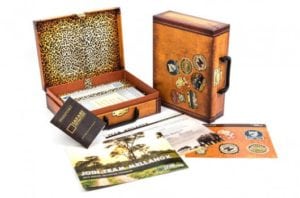 In addition to product placement and packaging colors, keep in mind the packaging itself. There are a number of ways to increase your product’s shelf appeal. For example, foil can make the package stand out on the shelf. Embossing or a nice soft touch aqueous coating can appeal to the consumer’s sense of touch.
In addition to product placement and packaging colors, keep in mind the packaging itself. There are a number of ways to increase your product’s shelf appeal. For example, foil can make the package stand out on the shelf. Embossing or a nice soft touch aqueous coating can appeal to the consumer’s sense of touch.
There are numerous printing and finishing operations that can increase the chance that a consumer will pick and purchase your product. Some of these include dimensional printing, die cutting and spot UV Coating.
So the next time you’re standing in the checkout line at your local grocery or retail store, and you look down at your cart full of additional products that younever planned to buy when you entered the store, you can thank a quality design team and talented print production department for your extra purchases.

